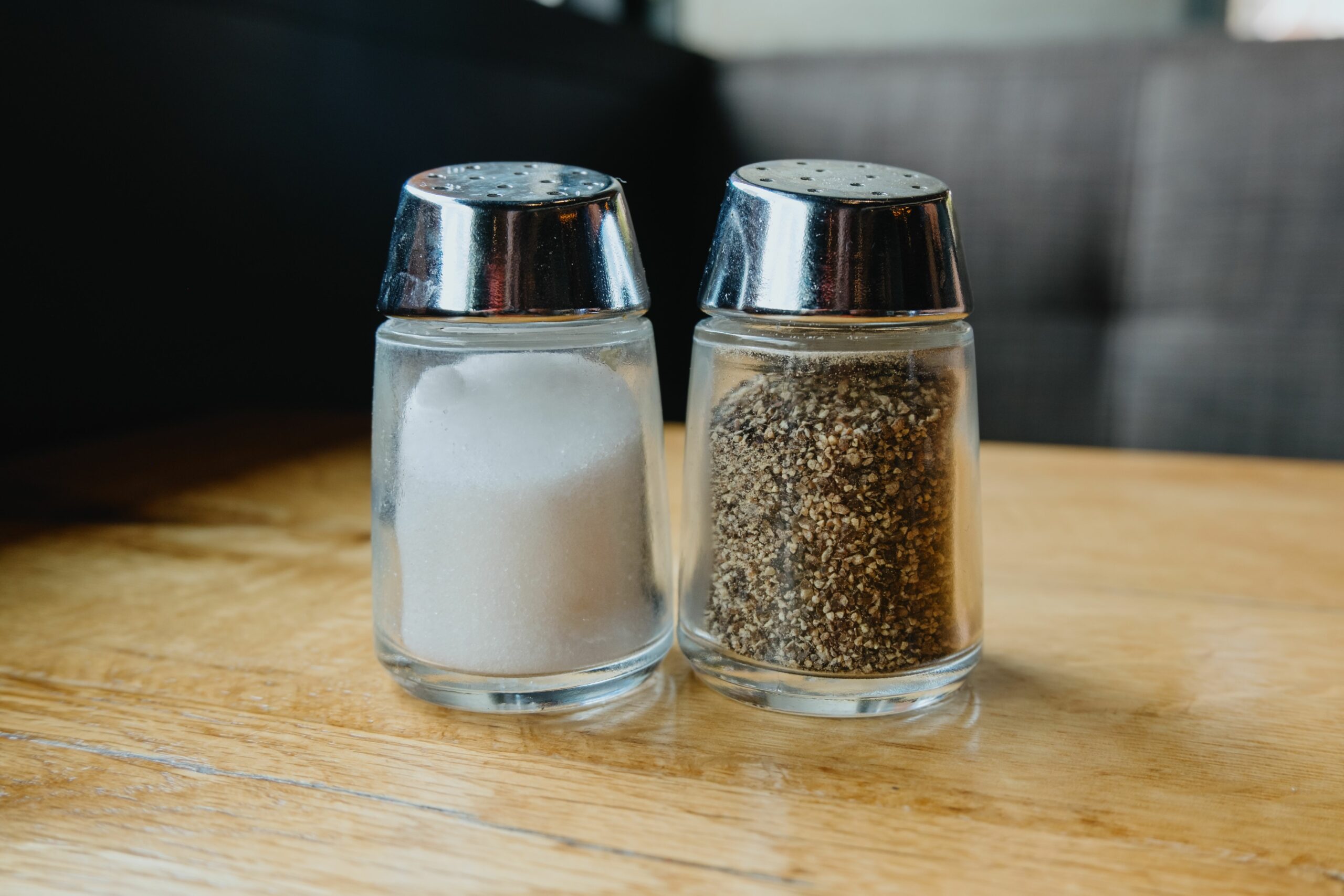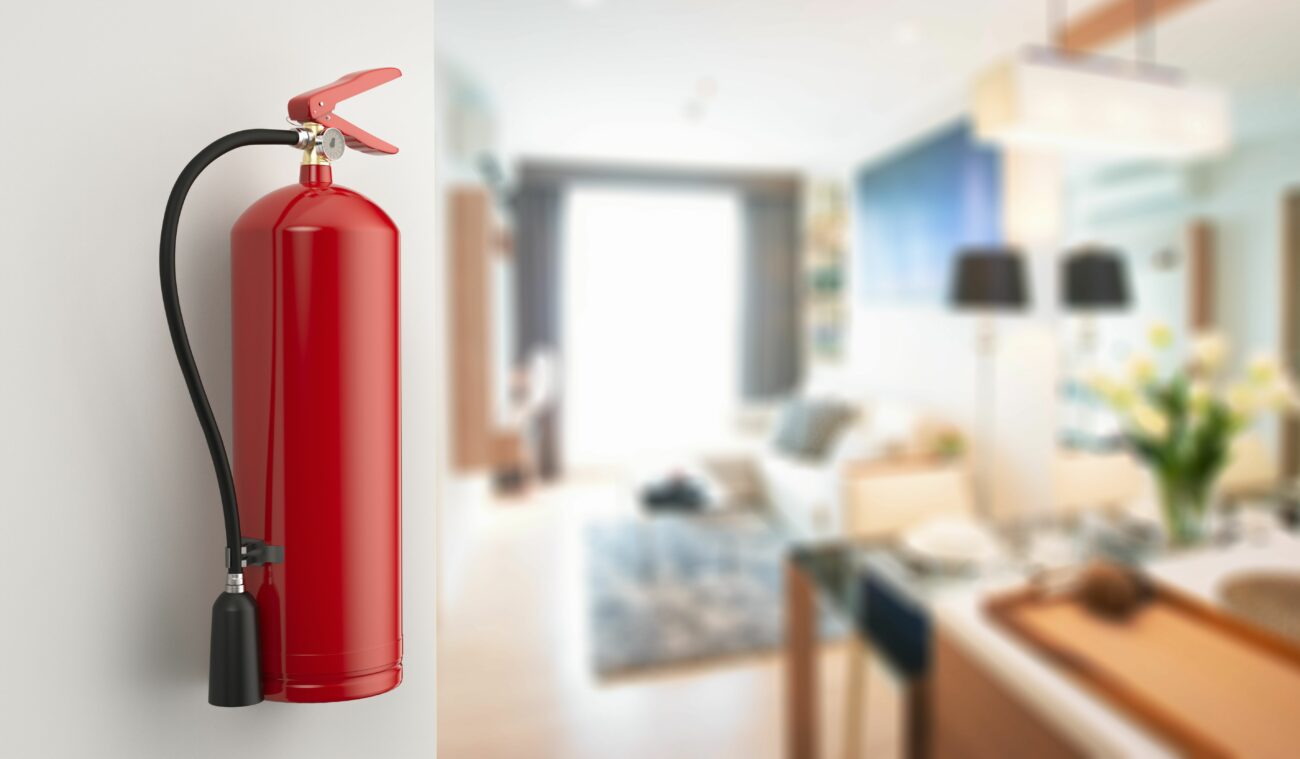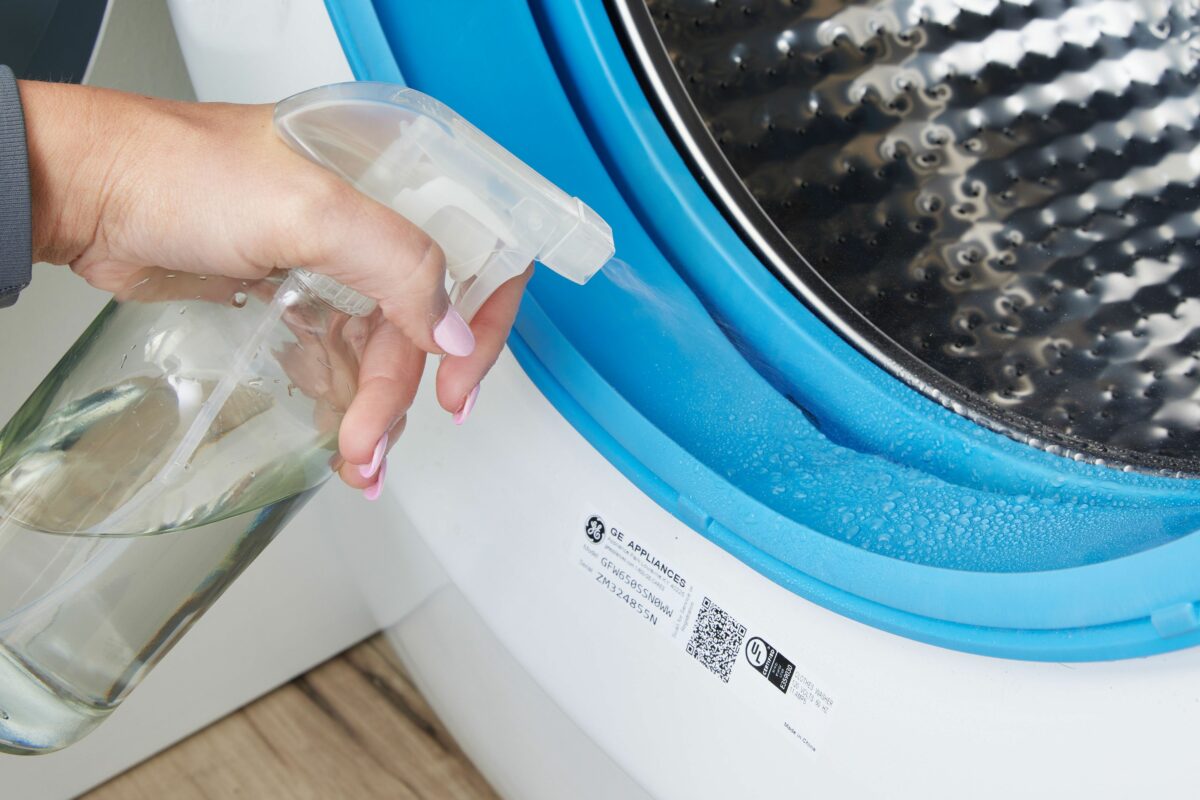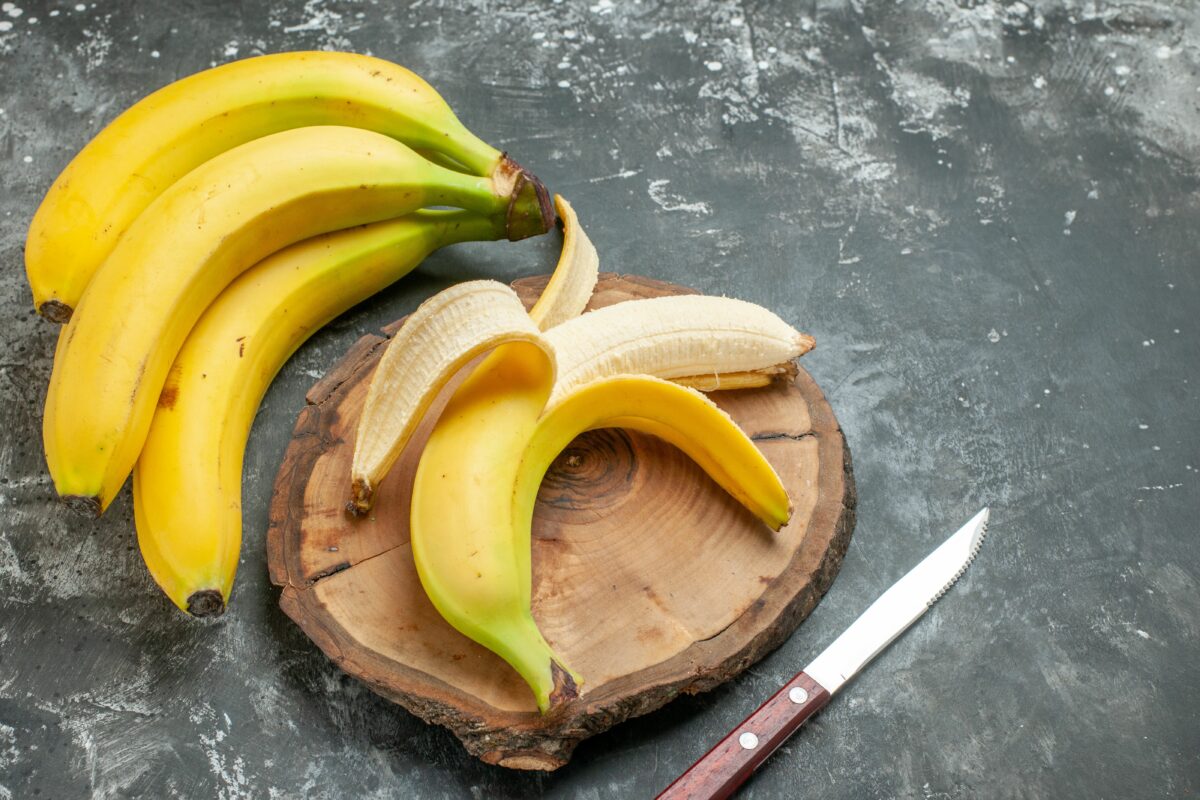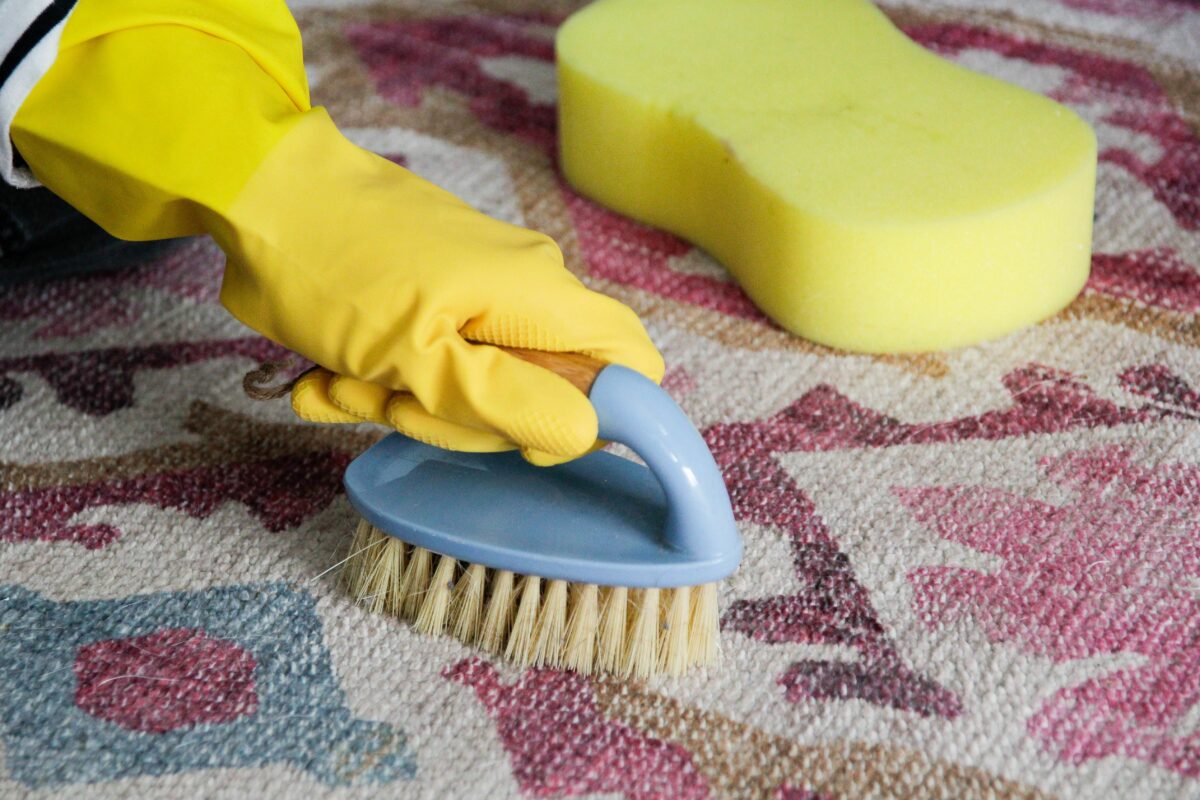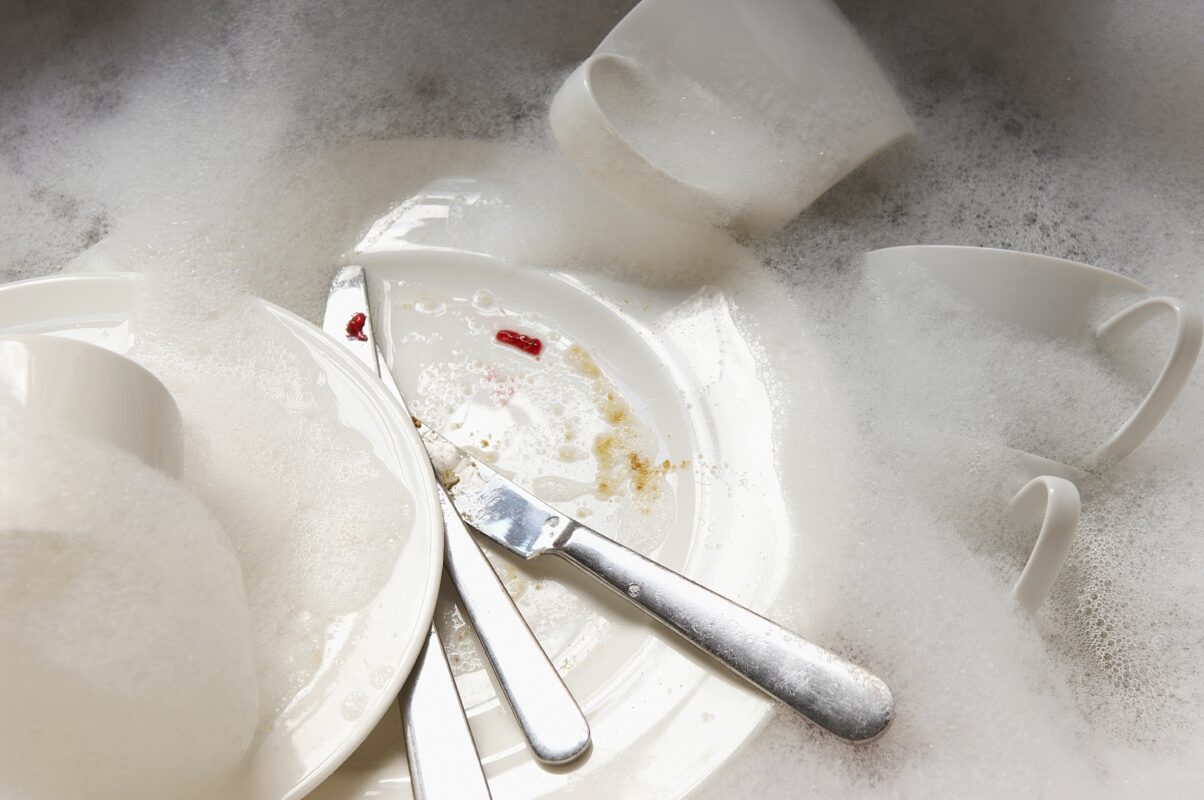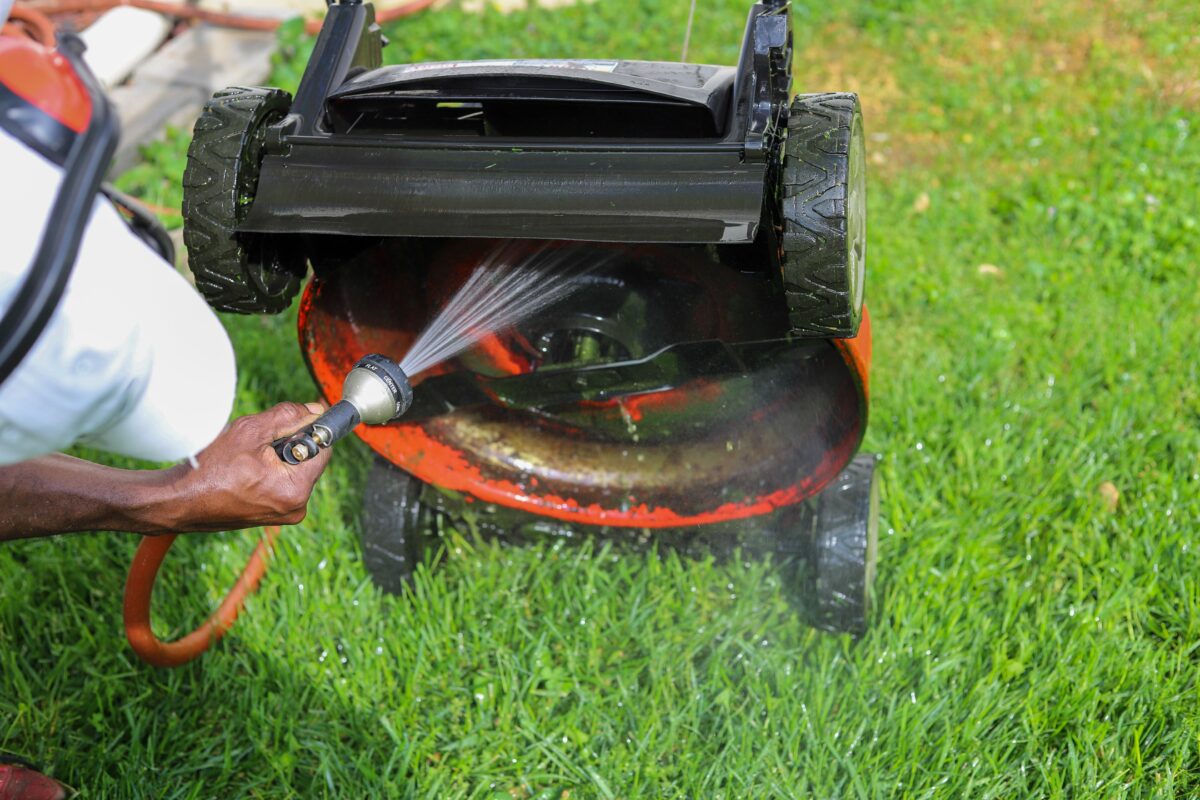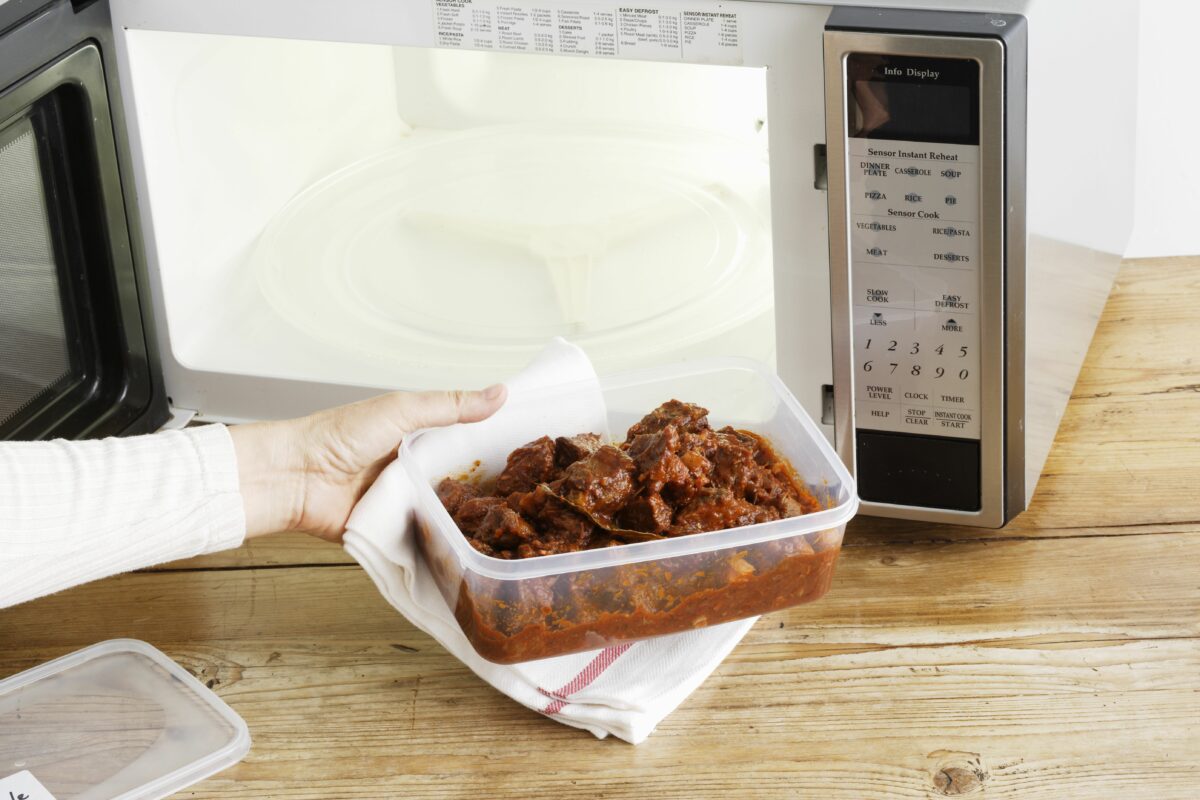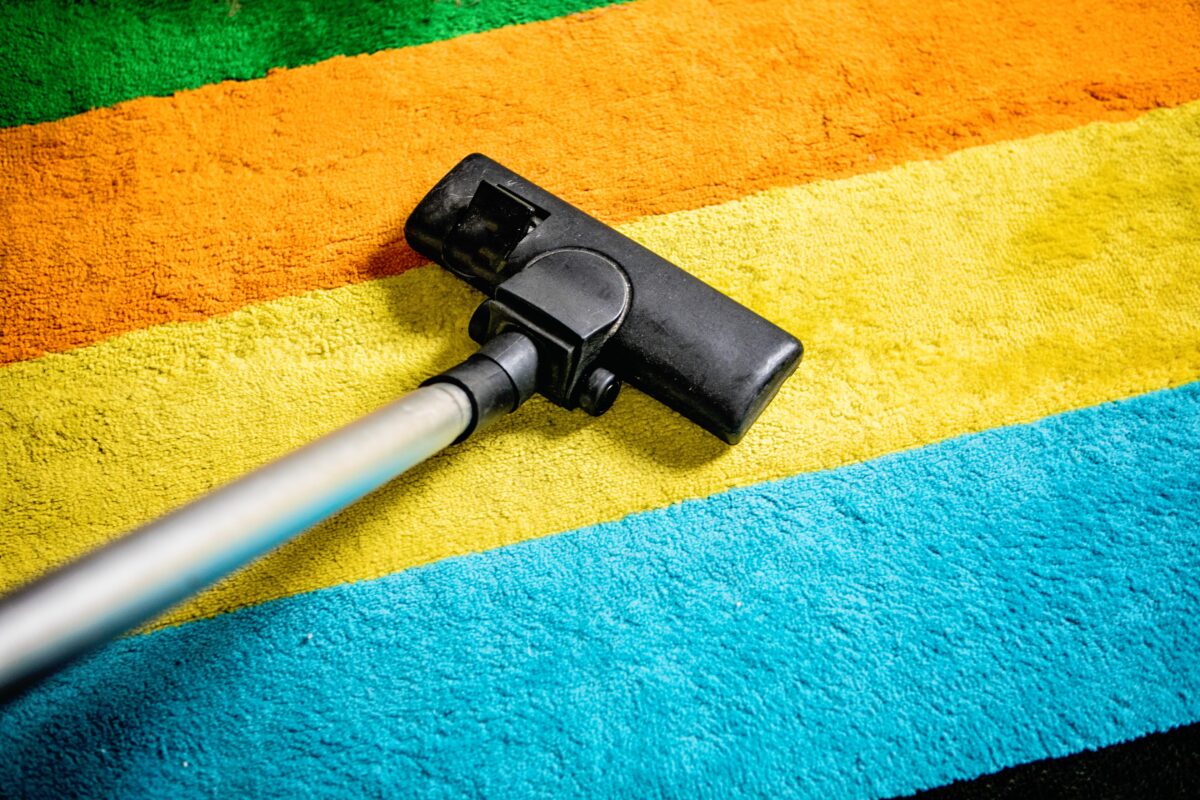From the kitchen to the dinner table, salt and pepper shakers see a lot of mileage as one of the most-used kitchen items. Yet they also tend to find themselves at the bottom of the cleaning to-do list. So do we really need to clean our salt and pepper shakers? The answer is yes, according to Jack Kazmierzewski, an expert who specializes in cleaning commercial kitchens, restaurants, and cafés.
As salt and pepper shakers sit on tables, countertops, and kitchen shelves, they collect dust, grease, and other contaminants, especially if they’re near a stovetop where oil particles can accumulate in the air.
“In commercial kitchens, keeping salt and pepper shakers clean can help maintain your kitchen’s overall cleanliness and prevent any issues with health inspections,” says Kazmierzewski. “Similarly, at home, regular cleaning helps ensure you’re not adding any unwanted bacteria to your food.
Jack Kazmierzewski is the owner of Real Office Cleaning, a commercial cleaning company based in Illinois.
How Often Should You Clean Your Shakers?
Both the exterior and interior of salt and pepper shakers need to be cleaned, but the frequency largely depends upon usage and location.
Exterior
Cleaning the exterior of your shakers every couple of weeks will do the trick in most cases. However, Kazmierzewski recommends cleaning them every week if they’re in constant use or placed near a stovetop.
The more you interact with your shakers, the more opportunities exist for their surfaces to harbor germs or become contaminated from hand-to-hand contact with other foods and tools while cooking. Additionally, if stored near a stovetop, the shakers will likely pick up grease and moisture from the air, leaving you with a grimy, unsanitary residue.
Interior
The interior of your salt and pepper shakers does not need to be cleaned as often, even with regular use, Kazmierzewski says. Cleaning the interior every few months or whenever you refill them is usually sufficient.
However, if they’re stored near a stovetop or in an environment prone to moisture or humidity, consider cleaning the interior every one to two months. Trapped moisture in your salt and pepper shakers can lead to clumping and mold growth over time.
How to Clean the Outside of Your Salt and Pepper Shakers
Your salt and pepper shakers can accumulate grease, grime, and dust just from sitting on the counter, especially if stored near the stove. Add in the germs that can travel back and forth every time someone picks them up, and you’ve got a recipe for a gross, unsanitary mess. Here are some quick cleaning solutions for keeping your shakers in pristine condition.
Method 1: Damp Cloth
A quick wipe-down with a damp cloth is often enough to remove any grime or residue that has accumulated from daily use. This removes surface dust, oil, and fingerprints. Be sure to dry the shakers immediately to prevent moisture from seeping inside, especially for wooden or porous shakers.
Method 2: Vinegar Solution
Combine equal parts white vinegar and water to create a mixture you can use to wipe down your shakers. This can be especially effective for shakers that have gathered a bit more grime, especially if grease is involved. Vinegar is excellent at cutting through grease and acts as a natural disinfectant.
Avoid getting liquid inside the shakers while wiping them down unless they are empty and you have time to let them dry before refilling.
How to Clean the Interior of Your Shakers
The interior of your salt and pepper shakers does not need the same level of maintenance as the exterior. The germs and grease that can easily coat the outer surface are less likely to make their way inside the shakers. However, exposure to moisture and humidity can lead to clumping and mold, which means the interior of your shakers still needs love and attention from time to time.
Method 1: Disassemble and Soak
Empty the shakers and take off any lids or removable tops. Then soak the shakers and their accessories in warm, soapy water to loosen any clumps and break down residue. After a few minutes, rinse the soap off, being sure to clear out any hard-to-reach nooks and crannies. Finally, allow the shakers and their pieces to fully air dry before assembling and refilling with salt and pepper.
Use a soft-bristled toothbrush, toothpick, or cotton swab for shakers with small openings or intricate designs. These tiny tools can clean around edges and tackle any hard-to-reach spots.
Method 2: Dishwasher
If your shaker is dishwasher-safe, you can stick it into the dishwasher for a fast and efficient cleaning option. Simply empty the contents into a separate container for safekeeping and place the shaker into the dishwasher.
Many ceramic or plastic shakers can handle a trip through the dishwasher, but some shakers are not dishwasher-safe, so be sure to check the material and washing instructions first.
Avoid a mess by using a funnel to transfer salt and pepper grains back into their shakers after cleaning. You can buy a funnel at the store or create one using a rolled-up sheet of paper.
3 Signs It’s Time to Clean Your Salt and Pepper Shakers
Maintaining a consistent cleaning schedule for your salt and pepper shakers is a reliable way to ensure they’re sanitary and functional, but keeping track of yet another cleaning chore can be tricky. Luckily, there are some simple signs to keep an eye out for to determine when it’s time to clean your shakers.
1. Salt or Pepper Isn’t Coming Out
If the flow of salt or pepper has slowed down or stopped altogether, the shaker openings may be clogged. This is likely the result of moisture, which will cause clumping and prevent grains from traveling through the shaker.
Add a few grains of rice to the bottom of your salt shaker to help prevent clumping. The rice will absorb moisture faster than the salt, which will keep your salt dry.
2. Dust, Grime, and Grease
Noticeable dust or grime on the shaker’s surface is an obvious sign it needs cleaning. Additionally, if the shaker feels sticky or greasy when you handle it, it’s time for a quick wipe-down. This can easily happen to shakers that are stored near the stove, where the grease from cooking can settle on any nearby surfaces.
3. Discolored Salt or Pepper
If the salt or pepper inside your shaker looks clumpy or discolored, this could be a sign that moisture has found a way inside. If you suspect that the inside of your shakers is no longer dry, you’ll want to remove the spices and give the shakers a proper cleaning and drying. This will prevent the growth of any mold or bacteria and keep additional clumping at bay.
Can Salt and Pepper Go Bad?
Yes, salt and pepper can go bad, but not in the way you’re probably thinking. As a mineral, salt doesn’t expire, but it can become difficult to use if it absorbs moisture and clumps together. Additionally, any moisture trapped within the salt can lead to mold growth.
Pepper, on the other hand, does have an expiration date. It doesn’t spoil in a way that leaves it unsafe to eat, but it will lose potency, which will leave your food with less flavor. If your pepper looks gray or has a musty scent, your favorite dishes will probably be better off if you invest in some fresh spice.


